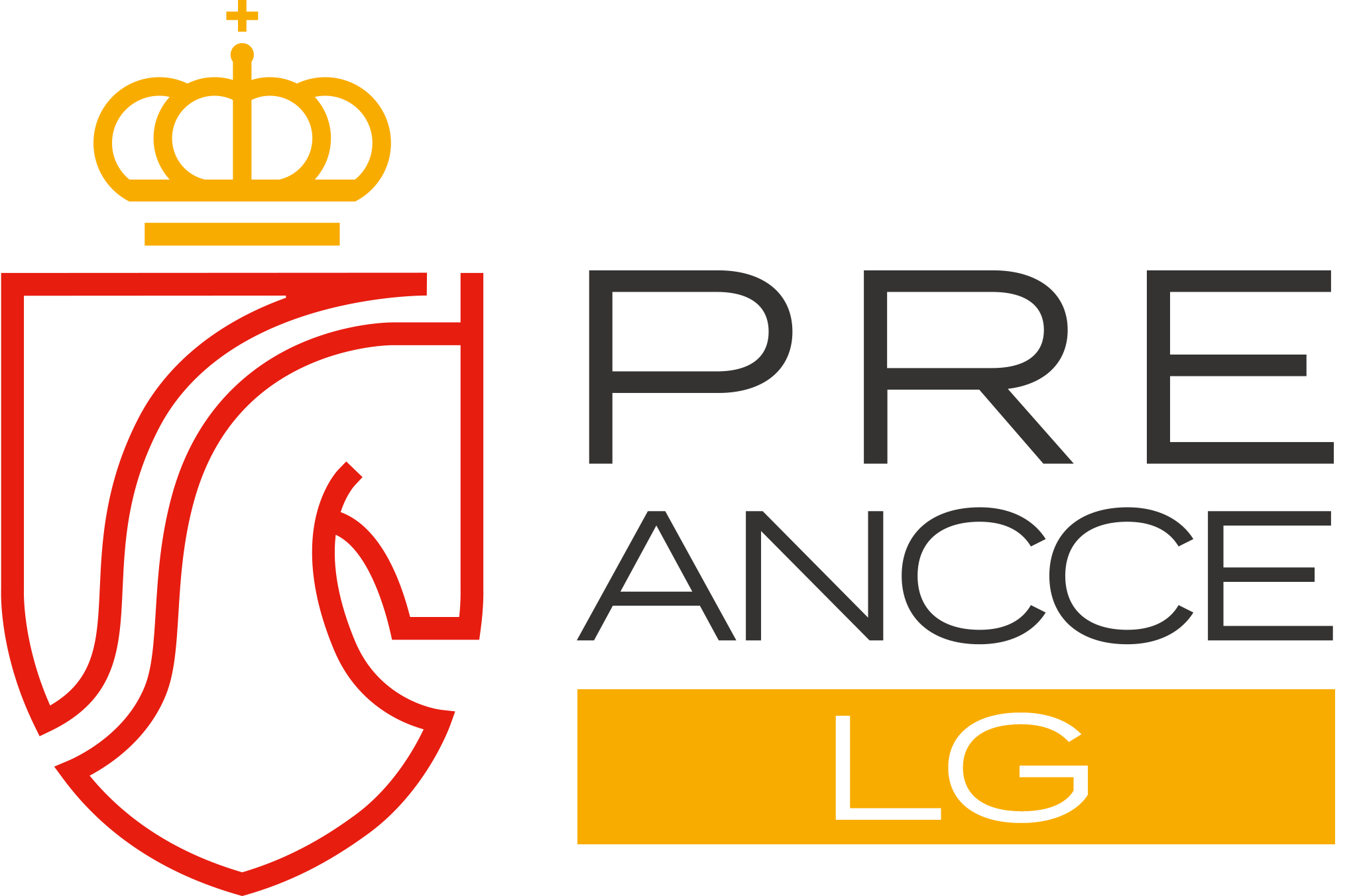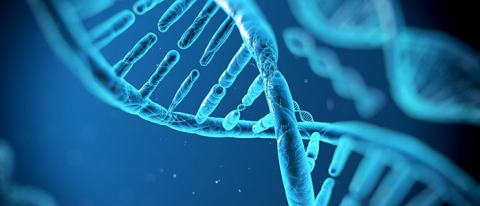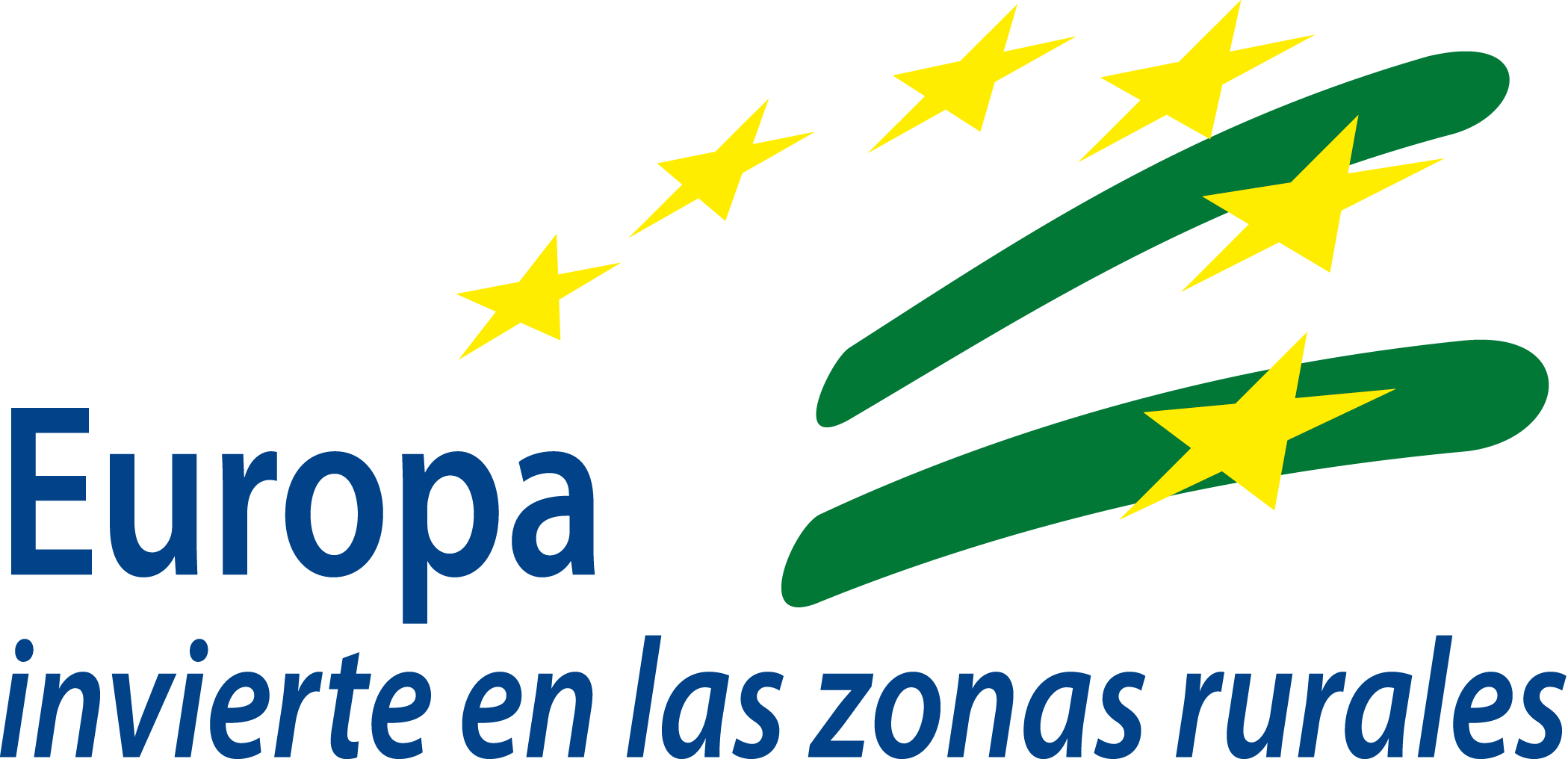Information available on the LG PRE ANCCE stud book web site www.lgancce.com
The PRE Stud Book web site has uploaded the more than 146,000 genetic assessments for horses with Conformation Aptitudes for Dressage, in 2018. This information provides you with the traits that are transmitted to descendants for the characteristics studied.
146,833 genetic assessments for conformation (55,839 stallions and 90,994 mares) from 29,803 stud farms have recently been published. This year, the novelty lies in the fact that a number of variables have been added, including Frontal profile, height at withers, scapula-ischial length, direction of the front hooves, width of the croup, and direction of the hind hooves.
Likewise, the 13,509 horses that have been genetically assessed for Dressage and that are already listed on the PRE Stud Book web site with their Global Genetic Index. Genetic values together with their corresponding reliability for the following variables have also been incorporated: Walk, Trot, Canter, General Impression, Submission, Performance by Reprise and Total Average Global Ranking.
Those horses that meet the established requirements attain one of the genetic categories established in the Breeding Program. The file for each horse will be published in the 2018 Breeding Stock Catalog, as well as registered in the corresponding LG PRE Stud Book file.
With the publication of these genetic values for all horses assessed, and not only for those horses seeking a given category (as they appear in the Breeding Stock Catalog), breeders are provided with very useful tools that contribute to the selection of breeding stock and the genetic improvement of stud farms, and therefore of the entire breed.
Thus, the PRE Breeding Program will continue working to disseminate the genetic improvement and progression of future generation, which, in turn, will improve stud farm productivity and competitiveness while at the same time guarantee feasibility. Consequently, breeders are in a position to select those breeding horses that mate best to obtain progeny with specific traits, which allows stud farms to make important advances in the genetic selection for horse morphology and conformation for Dressage.






